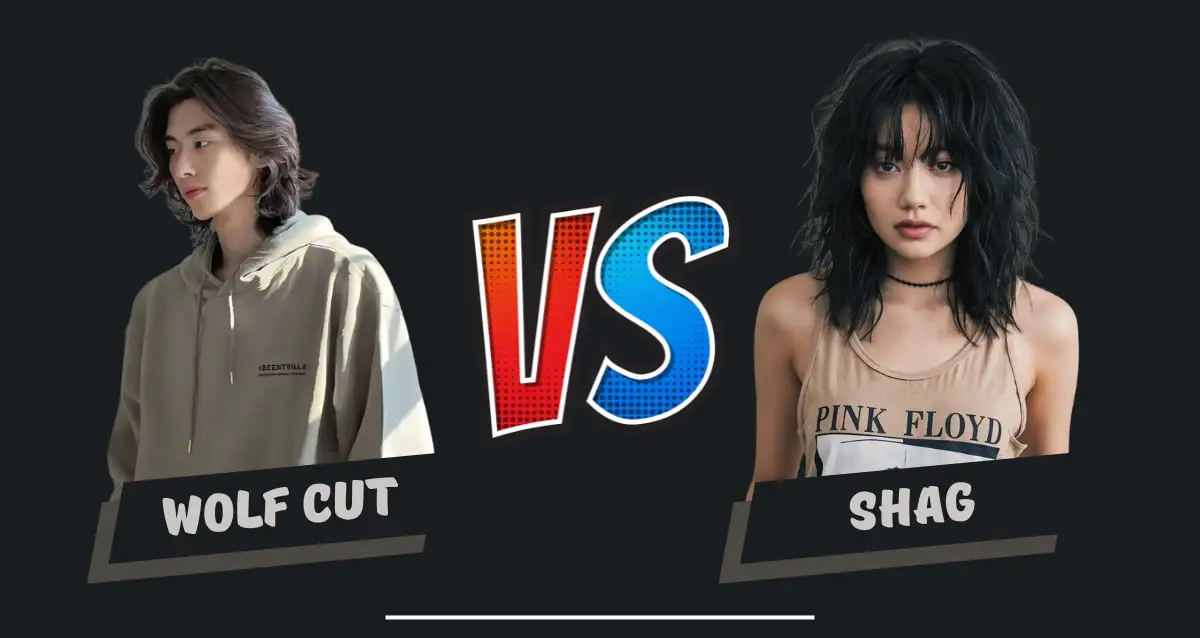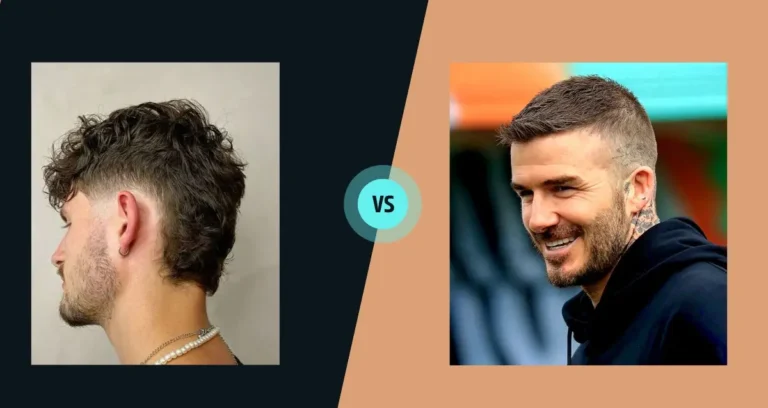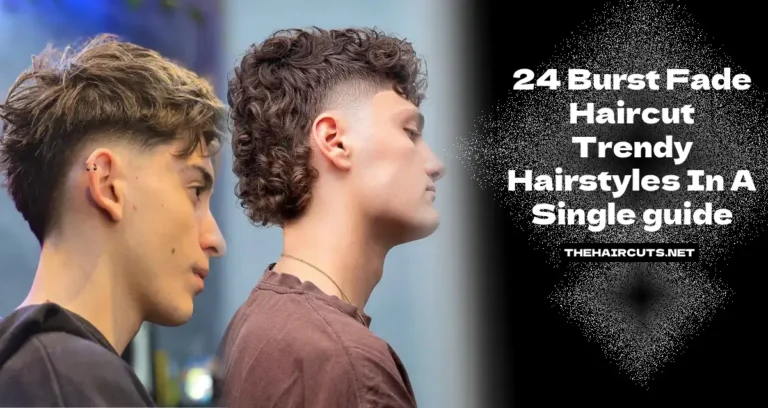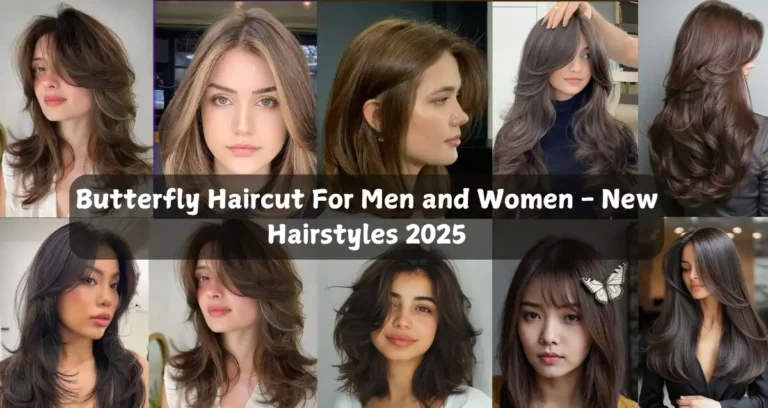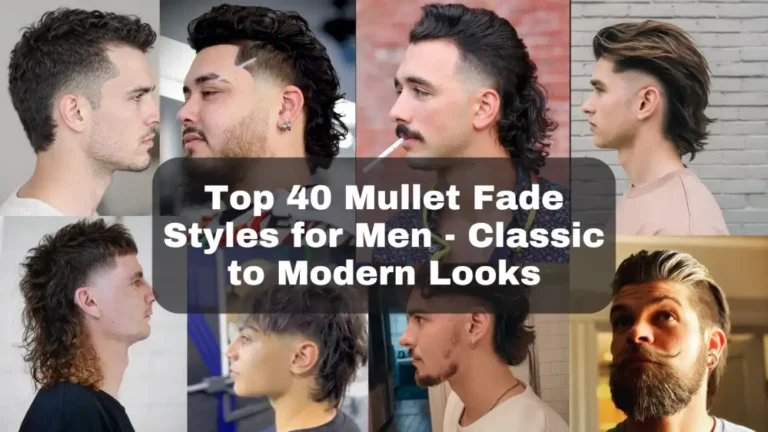Wolf Cut vs Shag: Which One Suits You Best
Choosing the right haircut can significantly impact one’s overall look and confidence. Two popular styles currently dominating the hairstyling scene are the wolf cut and the shag. Both offer unique aesthetics and cater to different preferences. This guide delves into the specifics of each cut, comparing their features, maintenance requirements, suitability for various hair types, and overall versatility.
By understanding the nuances of the wolf cut and the shag, individuals can make informed decisions about which style best suits their needs and personal style. This comparison will help you determine which of these trendy cuts is the perfect match for you.
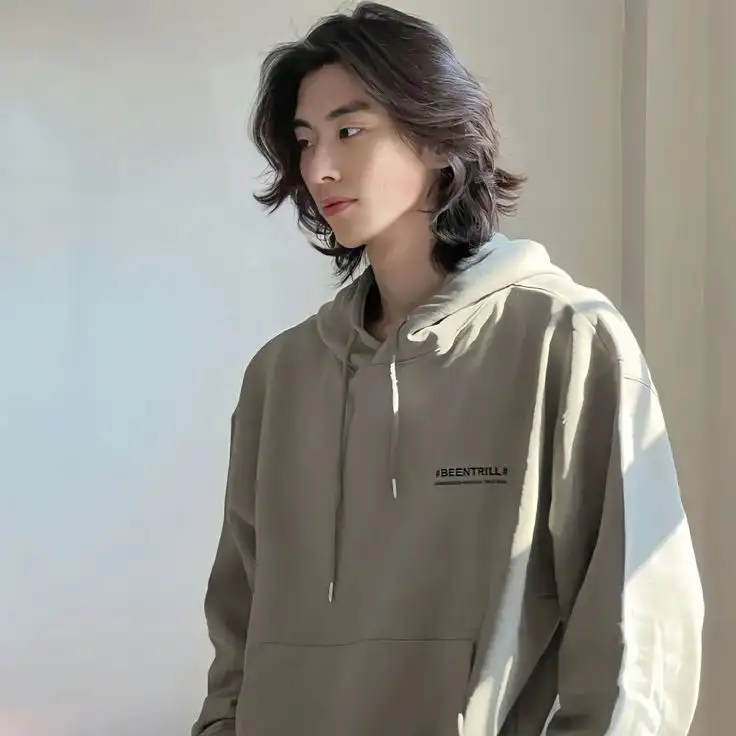
The Truth About the Wolf Cut
The wolf cut has taken the hairstyling world by storm, and it’s easy to see why. This trendy cut is a modern blend of the retro mullet and the shaggy haircut, offering a unique and versatile style. Its popularity exploded thanks to social media platforms and the influence of K-pop idols, quickly becoming a sought-after look. The wolf cut’s appeal lies in its ability to provide a bold, voluminous, and effortlessly cool appearance.
It’s a perfect choice for those looking to embrace a more edgy and rebellious vibe while maintaining a touch of feminine softness. The combination of its flattering shape and adaptable nature has cemented its place as a modern classic.
Key Wolf Cut Features
- Layered & Textured: The defining characteristic of the wolf cut is its dramatic layering. It features shorter, choppier layers on top, creating volume and lift, while the layers at the bottom remain longer, adding a touch of length and movement. This contrast creates the signature “wild” and untamed look.
- Volume & Movement: The wolf cut is designed to maximize volume and movement. The strategic layering allows for air to circulate through the hair, creating natural bounce and texture. This style works particularly well for those with thick, medium, or wavy hair types, as these hair textures naturally lend themselves to the desired volume and definition.
- Best Styling Products: To truly enhance the wolf cut, a few key styling products can make a big difference. Texturizing sprays are great for adding grit and definition to the layers. Mousse can help create and hold volume at the roots. Volumizing powders can provide an extra boost of lift and texture, especially for those with finer hair. These products help to accentuate the choppy layers and create that effortlessly cool, “lived-in” look.

The Truth About the Shag
The shag haircut is a true icon, originating in the free-spirited 1970s rock and boho scene. This enduring style has maintained its popularity through decades, proving its versatility and timeless appeal. Its resurgence in recent years is a testament to its adaptability and flattering nature. The shag offers a low-maintenance and relaxed look, perfect for those who prefer a natural, effortless appearance. It’s a style that transcends age, working beautifully for young trendsetters and equally well for more mature individuals seeking a stylish and age-defying cut. The shag’s ability to enhance various hair types and textures contributes to its widespread appeal.
Key Shag Features
- Soft, Wispy Layers: The shag’s signature feature is its soft, wispy layers. Unlike the more defined and choppy layers of the wolf cut, the shag’s layers are blended seamlessly, creating a more relaxed and flowing effect. This layering technique adds movement and dimension without sacrificing softness.
- Messy, Effortless Look: The shag is designed to be worn naturally, embracing a slightly messy and undone aesthetic. It requires minimal styling, making it a perfect choice for those who prefer a wash-and-go approach. The layers create natural texture and movement, so the hair falls beautifully with little to no intervention.
- Ideal for Fine to Medium Hair: The shag’s lighter layers are particularly well-suited for fine to medium hair types. The strategic layering creates volume and lift without adding heaviness, which can be a concern for finer hair. The result is a fuller, more textured look that enhances the natural body of the hair.
Comparing Wolf Cut and Shag: Face Type Hair Type and Layering
| Feature | Wolf Cut | Shag |
| Best Face Shapes | Oval, round | Square, heart, oval |
| Hair Type Suitability | Thick, wavy, voluminous | Fine, medium, curly |
| Layering Style | Choppy, dramatic | Soft, blended |
Wolf Cut vs Shag: Which is Easier to Maintain?
When it comes to maintenance, the shag generally takes the lead. The wolf cut, with its more defined and dramatic layers, requires regular trimming to maintain its signature volume and shape. Styling is also often needed to enhance the texture and lift at the crown. In contrast, the shag is designed for a more effortless, wash-and-go style. Its softer, blended layers allow it to grow out gracefully, requiring less frequent trips to the salon. While both cuts can look fantastic, the shag is the clear winner for those seeking a low-maintenance option.
Which Has More Variations: Wolf Cut or Shag?
Both the wolf cut and the shag offer a range of variations, allowing for personalized styles to suit individual preferences. The wolf cut can be adapted with different lengths, from short and choppy to long and flowing. Asymmetrical versions also add a unique twist to this style. The shag, similarly, boasts diverse variations, including the curly shag, which embraces natural texture, and the modern mullet shag, a bolder take on the classic. The wispy layered shag offers a softer, more romantic interpretation. Interestingly, some stylists even blend elements of both cuts to create a unique and personalized hybrid, showcasing the versatility of these two popular styles. While both offer ample opportunity for personalization, the range of shag variations, particularly those incorporating different hair textures, arguably gives it a slight edge in terms of sheer variety.
Wolf Cut vs. Shag: Which is More Affordable?
The cost of a wolf cut versus a shag haircut generally depends more on the salon and stylist’s experience than the specific cut itself. Both styles involve layering and shaping, so the pricing will likely be similar. However, because the wolf cut sometimes requires more precise styling and potentially more frequent trims to maintain its defined shape, it could lead to slightly higher long-term costs. The shag, with its more relaxed and grow-out-friendly nature, might require less frequent salon visits. Ultimately, the best way to determine the cost is to consult with stylists in your area and get price quotes for both styles.
Wolf Cut vs. Shag: Which is Easily Available?
Both the wolf cut and the shag are currently popular hairstyles, making them readily available at most salons. Thanks to their prevalence on social media and among celebrities, many stylists are familiar with the techniques required for both cuts. Whether a salon specializes in trendy styles or offers more classic cuts, you’re likely to find a stylist capable of executing either the wolf cut or the shag. However, if you’re seeking a stylist with extensive experience in a specific variation of either cut (e.g., a curly shag or a short wolf cut), it’s always a good idea to call ahead and inquire about their expertise.
Wolf Cut vs. Shag: Which is More Common Among Men?
While both the wolf cut and the shag are considered unisex hairstyles, the shag has historically been more prevalent among men. Think of iconic figures from rock and roll history sporting shaggy hairstyles. The wolf cut, while gaining popularity among men, tends to be more frequently associated with women. This isn’t to say men don’t rock the wolf cut—many do, and it looks fantastic—but the shag has a longer-standing and more established presence in men’s hairstyling. Both cuts, however, are increasingly embraced by all genders as expressions of personal style.
Which is More Common Among Women: Wolf Cut or Shag?
While both the wolf cut and the shag are popular among women, the wolf cut has experienced a surge in popularity in recent years, making it arguably more common currently. Its modern, edgy vibe resonates with many women seeking a trendy and versatile style. The shag, while still a beloved classic, has a longer history and might be considered a more timeless choice. Both cuts are seen frequently on social media and in popular culture, but the wolf cut’s recent rise to prominence gives it a slight edge in current popularity among women.
Wolf Cut vs. Shag: Which is More Professional?
Neither the wolf cut nor the shag is inherently more or less professional. The perceived professionalism of a hairstyle often depends more on how it’s styled and maintained than the specific cut itself. A well-groomed shag, with clean lines and subtle layering, can certainly be appropriate for a professional setting. Similarly, a more refined version of the wolf cut, with less extreme layering and careful styling, can also project a professional image. Ultimately, the key to a professional look lies in the overall presentation – clean, neat, and well-maintained hair is essential regardless of the specific cut.
Which is More Stylish: Wolf Cut or Shag?
“Stylish” is subjective and depends on individual preferences and current trends. Both the wolf cut and the shag are undeniably stylish haircuts. The wolf cut, with its bold, modern feel, appeals to those seeking a more edgy and contemporary look. The shag, with its retro charm and effortless cool, attracts those who appreciate a classic style with a touch of bohemian flair. Both cuts can be incredibly stylish when tailored to suit individual features and hair textures. Whether someone finds the wolf cut or the shag more stylish is a matter of personal taste and how well the cut complements their overall aesthetic.
Conclusion
The wolf cut and the shag are both stylish and versatile haircuts with distinct characteristics. The wolf cut, a modern blend of the mullet and shag, offers a bold, voluminous look with choppy layers, ideal for those seeking an edgy vibe. It often works best with thicker, wavier hair types. The shag, a retro classic, features softer, blended layers for a relaxed, effortless style, making it a great choice for fine to medium hair. While the wolf cut might require more frequent styling and trims, the shag is generally lower maintenance. Ultimately, the best choice depends on individual preferences, hair type, and lifestyle.
Disclaimer
The information provided in this guide is intended for general knowledge and informational purposes only, and does not constitute professional hair styling advice. While we strive to provide accurate and up-to-date information, hair trends and styling techniques are constantly evolving. The suitability of a particular haircut, such as the wolf cut or the shag, can vary depending on individual hair type, texture, face shape, and personal style. It is always recommended to consult with a qualified and experienced hairstylist to determine the best haircut for your specific needs. The results of any haircut may vary, and the information presented here does not guarantee specific outcomes. We are not liable for any decisions made based on the information provided in this guide

